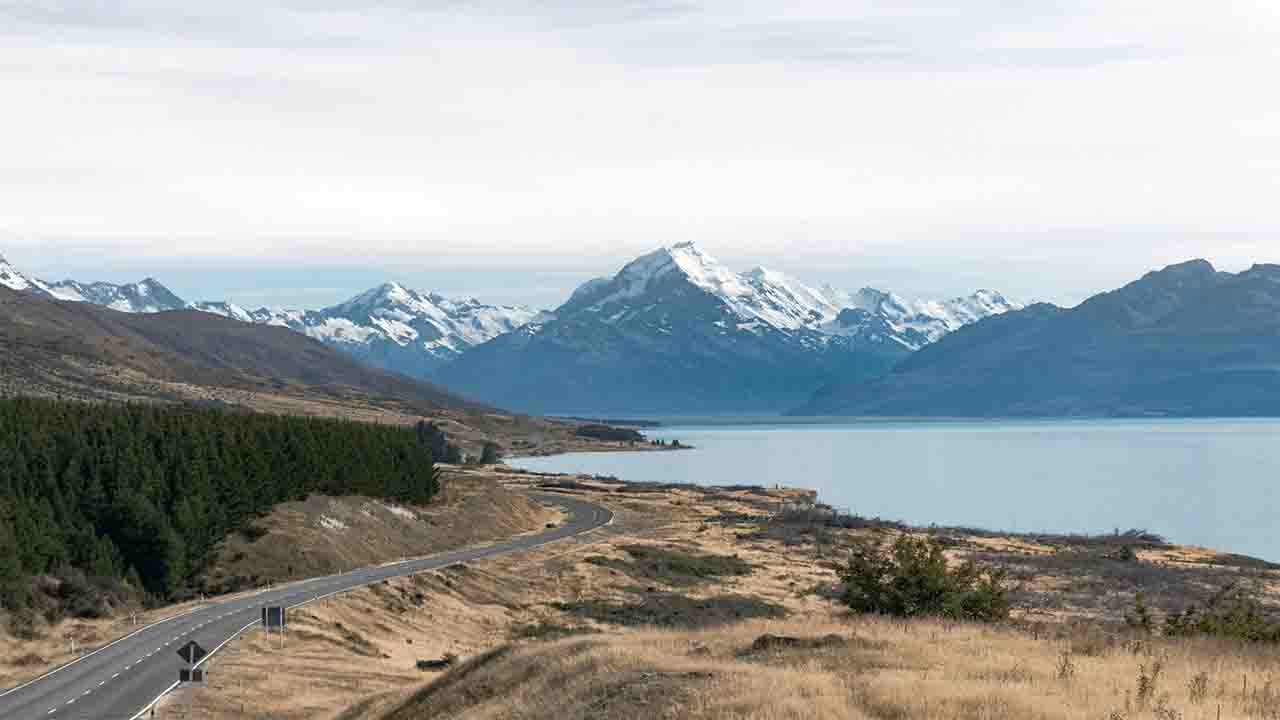Science & Technology, New Zealand (Commonwealth Union) – Professor Matthew Stott, who lectures in Microbiology at the School of Biological Sciences at the University of Canterbury (UC), is at the forefront of a groundbreaking research endeavor. Collaborating with researchers from Canterbury and Waikato universities, he has spearheaded the identification of an indigenous genus of geothermal microorganisms, marking a historic milestone in scientific discovery.
Life in Extreme Conditions Geothermal microorganisms are a diverse group of prokaryotes, including bacteria and archaea, that have adapted to survive in extreme environments. These organisms are primarily found in locations with high temperatures, high pressure, and acidic or alkaline conditions. They can be categorized into two main groups: thermophiles, which thrive at high temperatures (typically 45-80°C), and hyperthermophiles, which can survive at even higher temperatures, which are generally over 80°C. Adaptations to an extreme atmosphere to survive in such harsh conditions, geothermal microorganisms have developed various adaptive strategies.
Geothermal microorganisms have evolved enzymes and proteins that are stable and functional at high temperatures. These enzymes, called thermostable enzymes, can withstand the denaturation and loss of activity that would occur in other organisms. These microorganisms are a testament to the resilience and adaptability of life on Earth. Their ability to survive and thrive in some of the harshest environments on the planet has significant implications for various fields of science, including biotechnology, medicine, and astrobiology. As our understanding of these unique organisms continues to grow, we can expect to see even more exciting discoveries and applications in the years to come.
New Zealand stands out as a global epicenter for endemism, where researchers of the study point out that numerous native flora and fauna species are exclusive to its shores. This unique biodiversity arises from natural barriers such as mountains, oceans, and distinct climatic conditions that confine species to particular geographical locales.
However, unlike larger organisms, microorganisms defy such physical constraints. These minute life forms traverse vast distances through waterways, soils, and even air currents, making geographical boundaries less inhibitive.
Professor Stott elucidates this phenomenon by drawing a parallel with the kiwi bird, emblematic of New Zealand’s endemism due to its inability to fly or swim to neighboring Australia. In contrast, microorganisms, often measuring less than half a millimeter, possess remarkable mobility, facilitated by water currents, soil transference, and aerial dispersion across hundreds of kilometers.
Thus, the discovery of a microorganism seemingly isolated within New Zealand’s confines presents an intriguing puzzle.
This revelation emerged from the collaborative efforts of the MBIE-funded Smart Idea research initiative known as the 1000 Springs Project. Under Professor Stott’s co-leadership alongside Professor Craig Cary from the University of Waikato, this project meticulously cataloged the chemical, physical, and microbial diversity within 1000 hot springs across the North Island of New Zealand.
Their investigation revealed that Venenivibrio, a thermophilic bacterial genus thriving in hot springs within the Taupō Volcanic Zone, stands as one of the predominant species. Despite expectations of its presence in geothermal sites worldwide, extensive searches across global databases failed to yield any records beyond New Zealand.
Understanding the reasons behind this microbe’s absence on a global scale has become the central focus of a million-dollar Marsden Fund grant recently bestowed upon Professor Stott and his research team. One potential explanation revolves around metabolic constraints that might impede Venenivibrio’s survival over extended distances. Alternatively, New Zealand’s geographical isolation could hinder its dispersion to other suitable habitats, as indicated by researchers of the study.
“Our prevailing weather means microbes are basically being shot out into the Southern Ocean,” said Professor Stott. “That means the next major geothermal location is South America. It’s not impossible that it could reach there using the volcanic islands of the Pacific as stepping stones, but it’s more difficult.”
A description as “the rulers of the world” was given by Professor Stott due to their ability to have an effect on the Earth’s ecosystems at every level. Professor Stott feels that this key finding of an endemic microorganism will have significant results for conservation in New Zealand.
“I think of New Zealand as a really special place for its endemic organisms and beautiful ecosystems. This discovery supports the need for conservation at a microbial level too. It’s something Māori know – that these geothermal ecosystems and associated organisms are taonga (highly prized item).”
A paper giving details of the mysterious nature of Venenivibrio has appeared in the journal Nature Communications.








